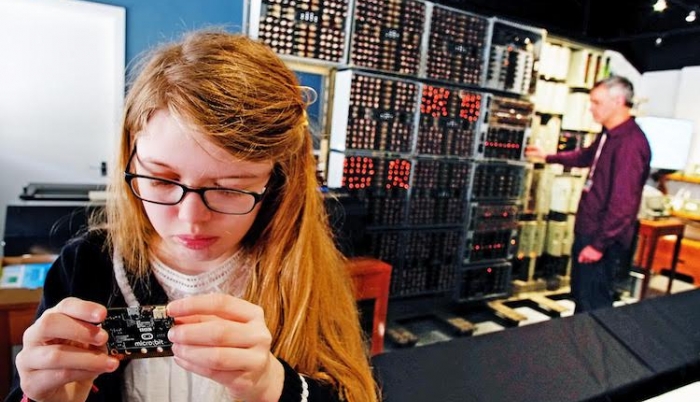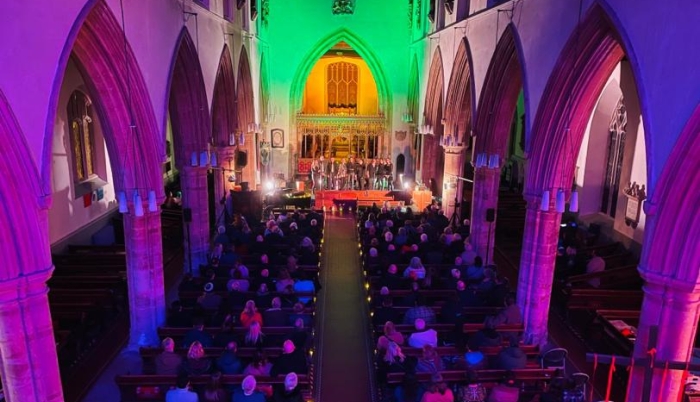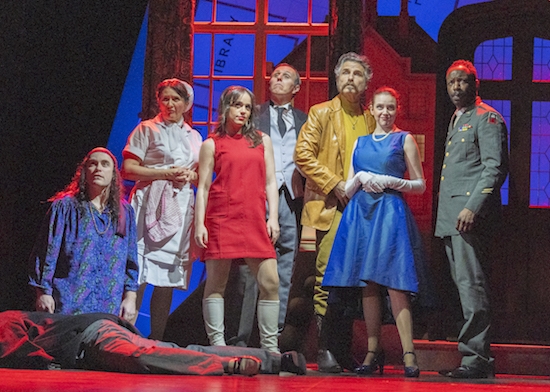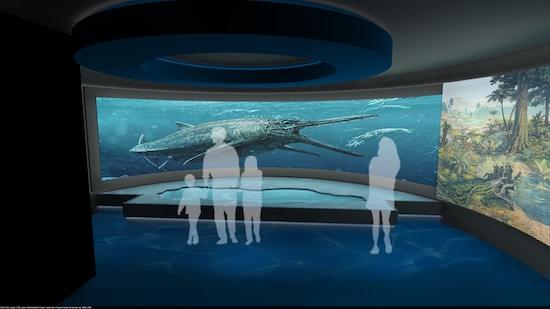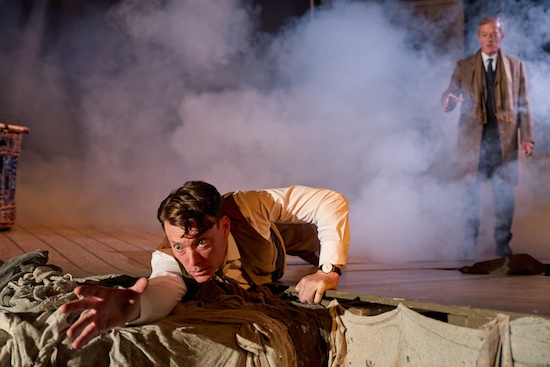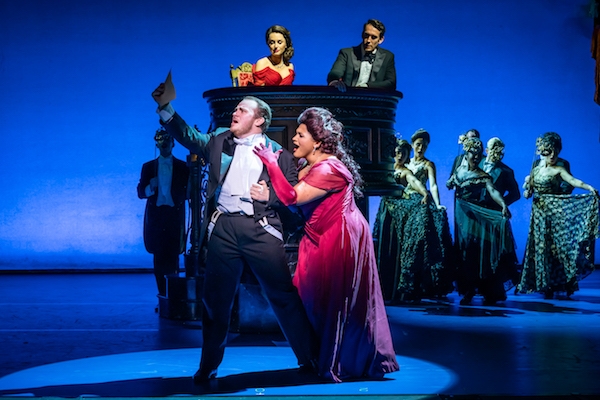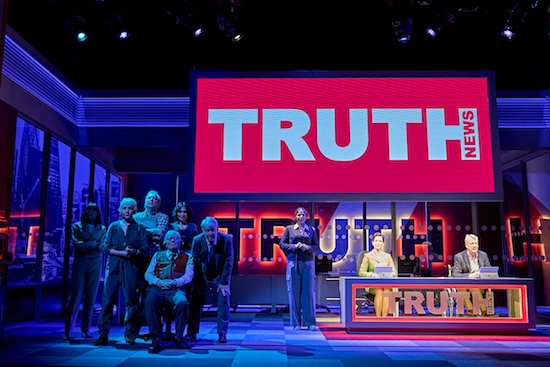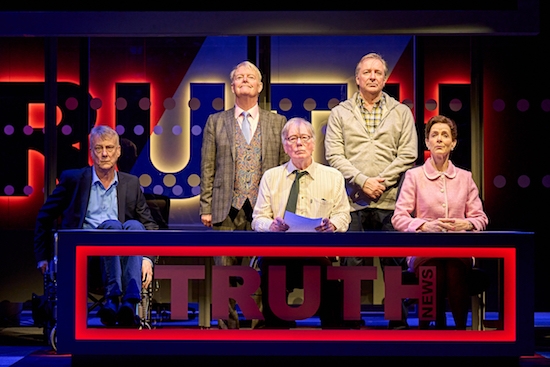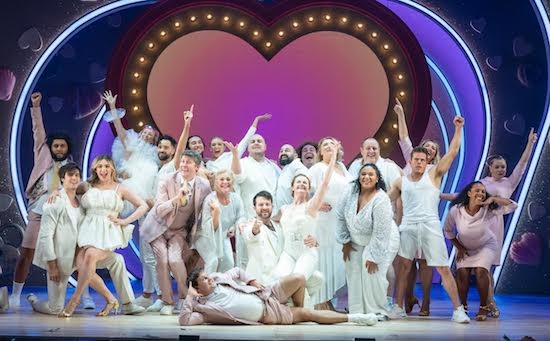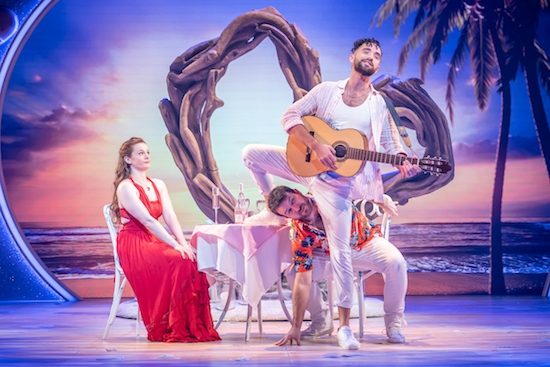A race of computers spanning eight decades was won by a BBC micro:bit operated and programmed by a nine-year old student.
The Grand Digital computer race was held to celebrate the tenth anniversary of The National Museum of Computing on Bletchley Park. Seven computers and one calculator, spanning a period of eight decades, were given 15 seconds to find numbers in the Fibonacci sequence.
Nine-year-old Connie, of Christ the Sower Ecumenical Primary School in Milton Keynes, wrote a program for the BBC micro:bit, a bare bones computer, which found 6843 numbers in the sequence in the allotted 15 seconds.
An iPhone 6s found only 4 numbers in that time – but it used Siri voice command and response to demonstrate just how far computers have come since the 1940s.
The slowest was the 1951 Harwell Dekatron / WITCH computer, the world’s oldest working digital computer. It found only three numbers.
Kevin Murrell, trustee of The National Museum of Computing and the Grand Digital race starter, said: “This is the first time that machines from so many decades of computing have raced together. We don’t think such an event could happen anywhere else in the world! The spectators loved it especially as our youngest operator won the race with a BBC micro:bit. Nine-year old Connie wrote the Fibonacci program herself – a fantastic achievement for someone so young and an inspiration for young computer scientists everywhere.
“I suspect this was the first of many Grand Digitals as we have many other original working computers, skilfully restored by our Museum volunteers, that could enter the race to demonstrate the advance of computing.”
Other machines in the 2018 Grand Digital race were a 1940’s Facit calculator (7 numbers), a 1965 PDP-8 (16), a 1977 Apple II (38), a 1981 BBC Micro (70), and a 1998 Windows 98 (1477). Not all computers were able to stay the full 15-second course because although their processors might be speedy and willing, their memory could not cope with the number of bits to store large numbers.
Operators (or jockeys) of the machines were mostly volunteers at the Museum: Peter Hoath (Facit), Delwyn Holroyd (WITCH), Adam Bradley (PDP-8), Robert Dowell (Apple II), BBC Micro (Sheridan Williams), Jill Clarke (PC with Windows 98), Connie (BBC micro:bit), and Daniel Mason and Charlotte Day (iPhone 6s). Steve Kay was clerk of the course.
By generating numbers in the Fibonacci sequence, the race honoured Fibonacci, the twelfth-century Italian mathematician regarded as the most talented Western mathematician of the Middle Ages. That sequence starts with 1 and progresses by adding the two numbers preceding it: 1 1 2 3 5 8 13 21 and so on.
The National Museum of Computing is currently running a Crowdfunder seeking funds to house the Turing-Welchman Bombe reconstruction: https://www.crowdfunder.co.uk/new-display
Never miss leisure news in Milton Keynes - Follow us on www.twitter.com/thisistotalmk
And on Facebook: www.facebook.com/thisistotalmk


